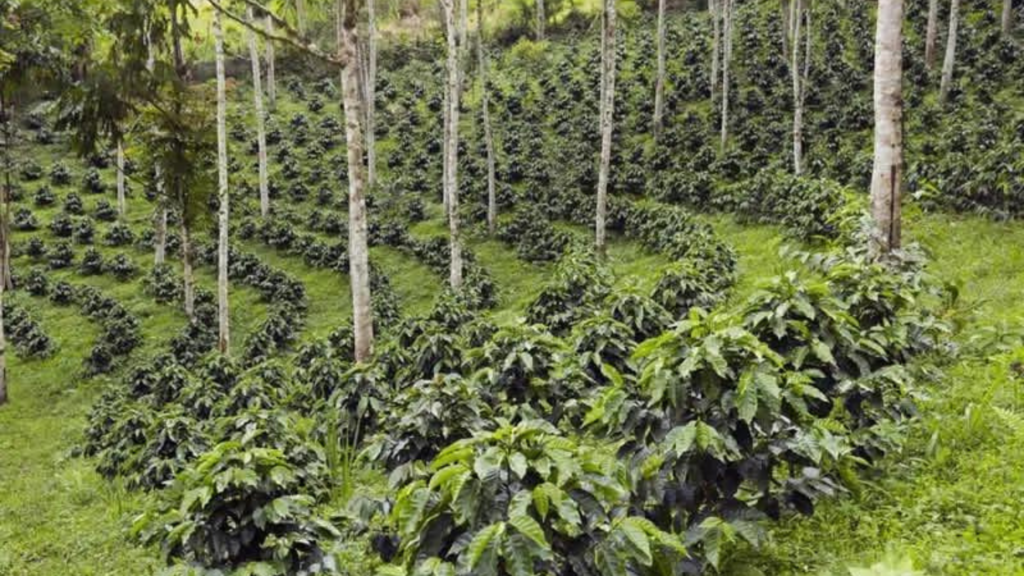Soil erosion is a major challenge that farmers face worldwide. It depletes the soil of its nutrients, making it less fertile and less capable of supporting crop growth. Fortunately, there are various Soil Erosion Techniques that can help manage and even prevent this problem. This article will guide you through some of the most effective strategies.
Understanding Soil Erosion
Before we delve into the management techniques, it is essential to understand what soil erosion is and why it is a concern.
What is Soil Erosion?
Soil erosion is the removal of the topsoil layer by wind, water, or tillage. It is a natural process, but human activities like deforestation, overgrazing, and inappropriate farming methods can accelerate it.
Why is it a Concern?
The topsoil is the most fertile part of the soil, containing essential nutrients and organic matter. Losing this layer means losing the soil’s ability to support plant growth. It also leads to sedimentation in water bodies, affecting aquatic life and water quality.
Techniques to Manage Soil Erosion
Managing soil erosion is crucial for sustainable agriculture. Here are some Soil Erosion Techniques that can help you achieve that:
1. Contour Plowing
Contour plowing involves plowing along the contour lines of the land. This technique creates ridges that act as barriers, slowing down water runoff and reducing soil erosion.
2. Terracing
Terracing involves converting slopes into a series of steps. It slows down water runoff, provides a flat surface for planting, and reduces the risk of soil erosion.
3. Agroforestry
Agroforestry involves integrating trees into agricultural land. The trees provide a cover that protects the soil from wind and water erosion. Their roots also help bind the soil together.
4. Cover Cropping
Planting cover crops like legumes or grasses helps protect the soil surface from wind and water erosion. These crops also add organic matter to the soil, improving its structure.
5. Mulching
Mulching involves covering the soil surface with organic or inorganic materials. It helps retain soil moisture, suppress weeds, and protect the soil from erosion.
6. Windbreaks
Planting rows of trees or shrubs to act as windbreaks can help reduce wind erosion. These windbreaks slow down the wind speed, reducing its ability to carry away soil particles.

Additional Tips for Managing Soil Erosion
Besides the techniques mentioned above, here are some additional tips that can help manage soil erosion:
1. Minimize Tillage
Reducing tillage helps maintain soil structure and reduces the risk of soil erosion. Consider adopting conservation tillage or no-till farming practices.
2. Maintain Ground Cover
Keep the soil covered as much as possible. Bare soil is more susceptible to erosion.
3. Manage Water Runoff
Implement water management practices like constructing drainage channels or swales to manage water runoff and reduce soil erosion.
Conclusion
Soil erosion is a significant concern for farmers worldwide. However, by implementing these Soil Erosion Techniques, you can manage and even prevent soil erosion on your farm. Adopting these practices will not only help preserve your soil but also contribute to sustainable agriculture and a healthier environment. Remember, healthy soil is the foundation of a successful farm.
By integrating these practices into your farming operations, you can protect your soil, support sustainable agriculture, and ensure the long-term success of your farm.
See Also


Leave a Reply